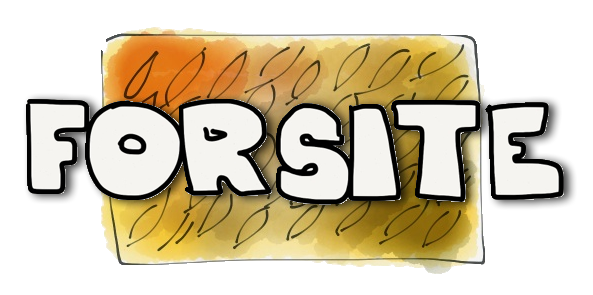Location
Management
| Species | |
| Rotation Age (years) |
|
| Rotation-age Diameter Breast Height (cm) |
|
| Rotation-age Basal Area (m2/ha) |
|
| Rotation-age Volume (m3/ha) |
|
| Rotation-age Stocking (stems/ha) |
|
| Harvest Type | |
|
|
Analysis
Element exchanges
Click on the map in the Location pane to get data
Harvest
Click on the map in the Location pane to get data
You can also enter stand details, if available, in the Management pane
You can also enter stand details, if available, in the Management pane
Pools
Click on the map in the Location pane to get data
Biomass
Enter stand details in the Management pane to get data
Tests
Nutrient Balance
Sum of nutrient exchanges
Weathering deficit
Ratio of nutrient deficit to sum of nutrient supply
Reserve of Exchangeable Cations
Number of forest rotations to consume exchangeable-cation pool (K, Ca, Mg)
Biomass Harvest
Harvested material, after accounting for unproductive areas. This material remains on site until mobillsed.
Mobilisable Biomass
The biomass removal in excess of stem-only harvest, allowing for harvested but un-mobilisable biomass. Below this level of biomass removal, long-term nutrient depletion is not expected to occur, according to current knowledge.
Sum of nutrient exchanges
...
Weathering deficit
Ratio of nutrient deficit to sum of nutrient supply
...
Reserve of Exchangeable Cations
Number of forest rotations to consume exchangeable-cation pool (K, Ca, Mg)
...
Biomass Harvest
Harvested material, after accounting for unproductive areas. This material remains on site until mobillsed.
Mobilisable Biomass
The biomass removal in excess of stem-only harvest, allowing for harvested but un-mobilisable biomass. Below this level of biomass removal, long-term nutrient depletion is not expected to occur, according to current knowledge.
...
Interpretation
Interpretation should be done with a knowledge of the significant limitations of the calcualtor, its contributory datasets, and the concept of nutrient mass-balance budgeting for forest ecosystems. The imperative to provide biomass fuel to offset fossil sources is also a consideration.
Negative nutrient balance will lead to depletion of site nutrients. Where nutrient sources other than those assessed, such as fertilisers, are available, negative balances could be ignored, as can small negative balances, within the level of uncertainty of the assessment. Large negative balances should be assessed against soil-pool reserves; depletion within one or two rotations suggests should be noted, while four or more rotations of reserve may be enough to ignore the imbalance. Biomass must be mobilizable to be used: roads, rides and unproductive areas, as well as unrecoverable brash residue (default 30%) are accounted for. The operational and economic feasability of remaining mobilizable biomass must be considered. These considerations are the responsibility of the forest manager.
Neither UCD nor its agents can be held responsible for any effects of use whatsoever, and no indemnity of any kind is provided or implied.
Interpretation should be done with a knowledge of the significant limitations of the calcualtor, its contributory datasets, and the concept of nutrient mass-balance budgeting for forest ecosystems. The imperative to provide biomass fuel to offset fossil sources is also a consideration.
Negative nutrient balance will lead to depletion of site nutrients. Where nutrient sources other than those assessed, such as fertilisers, are available, negative balances could be ignored, as can small negative balances, within the level of uncertainty of the assessment. Large negative balances should be assessed against soil-pool reserves; depletion within one or two rotations suggests should be noted, while four or more rotations of reserve may be enough to ignore the imbalance. Biomass must be mobilizable to be used: roads, rides and unproductive areas, as well as unrecoverable brash residue (default 30%) are accounted for. The operational and economic feasability of remaining mobilizable biomass must be considered. These considerations are the responsibility of the forest manager.
Neither UCD nor its agents can be held responsible for any effects of use whatsoever, and no indemnity of any kind is provided or implied.
